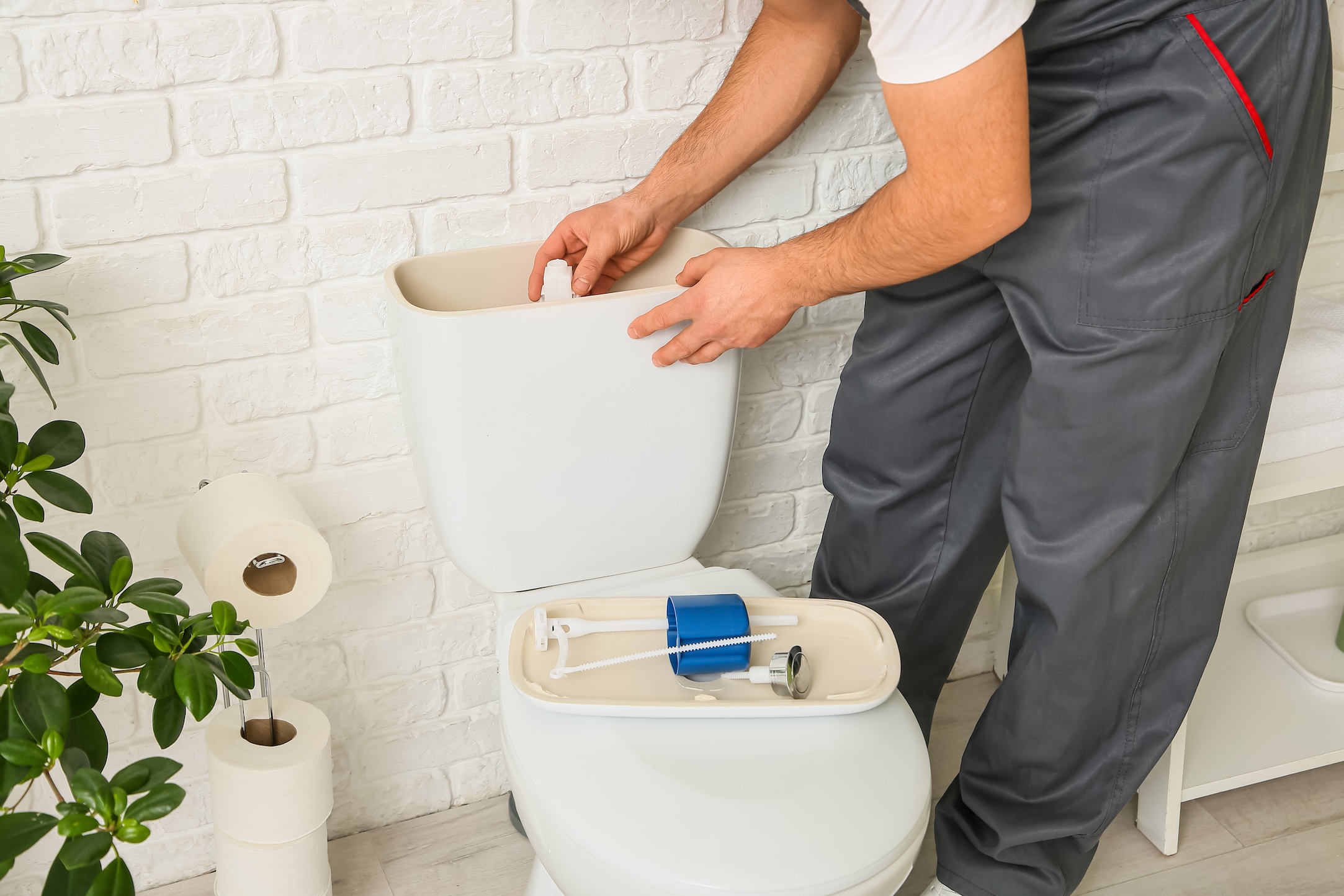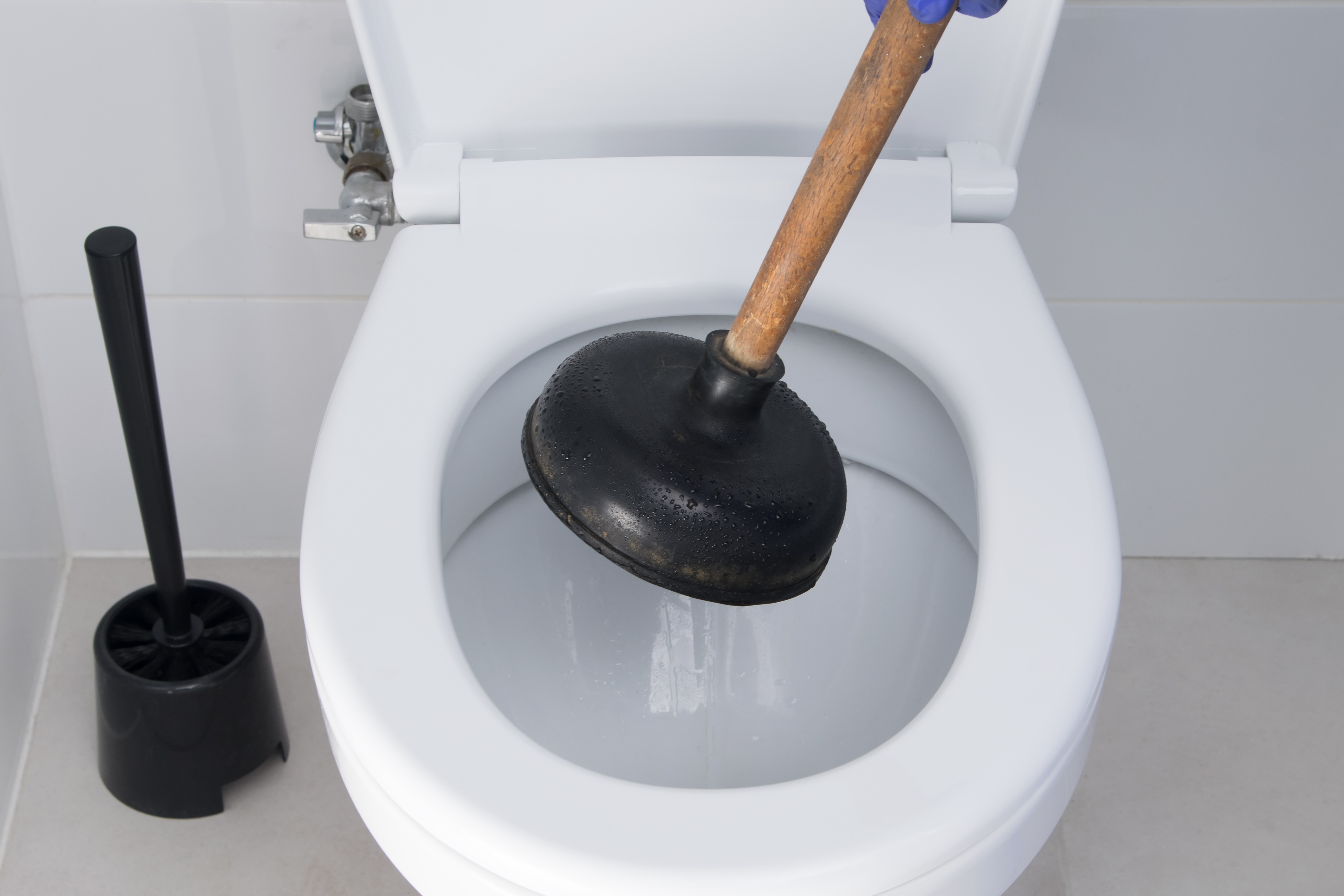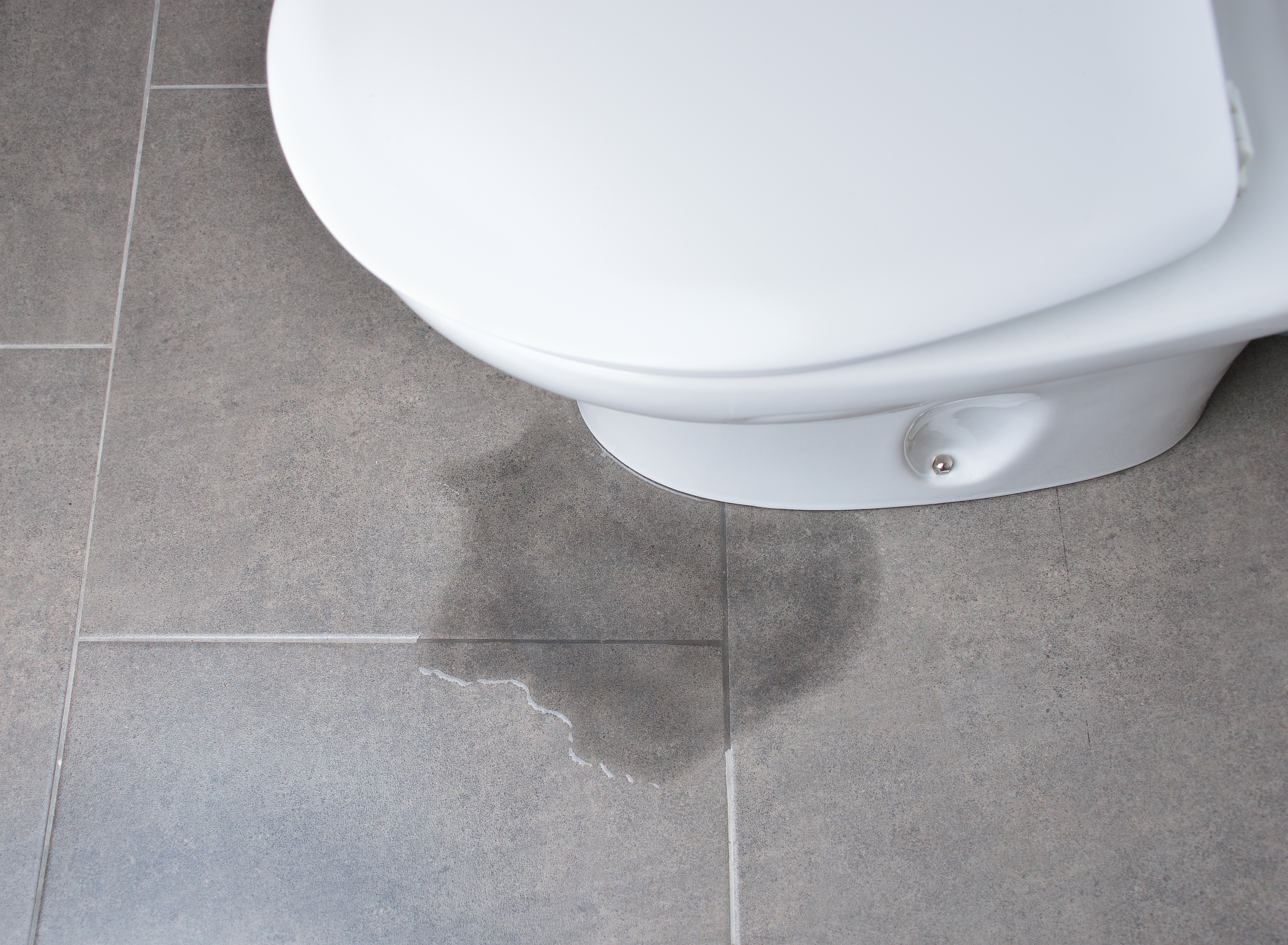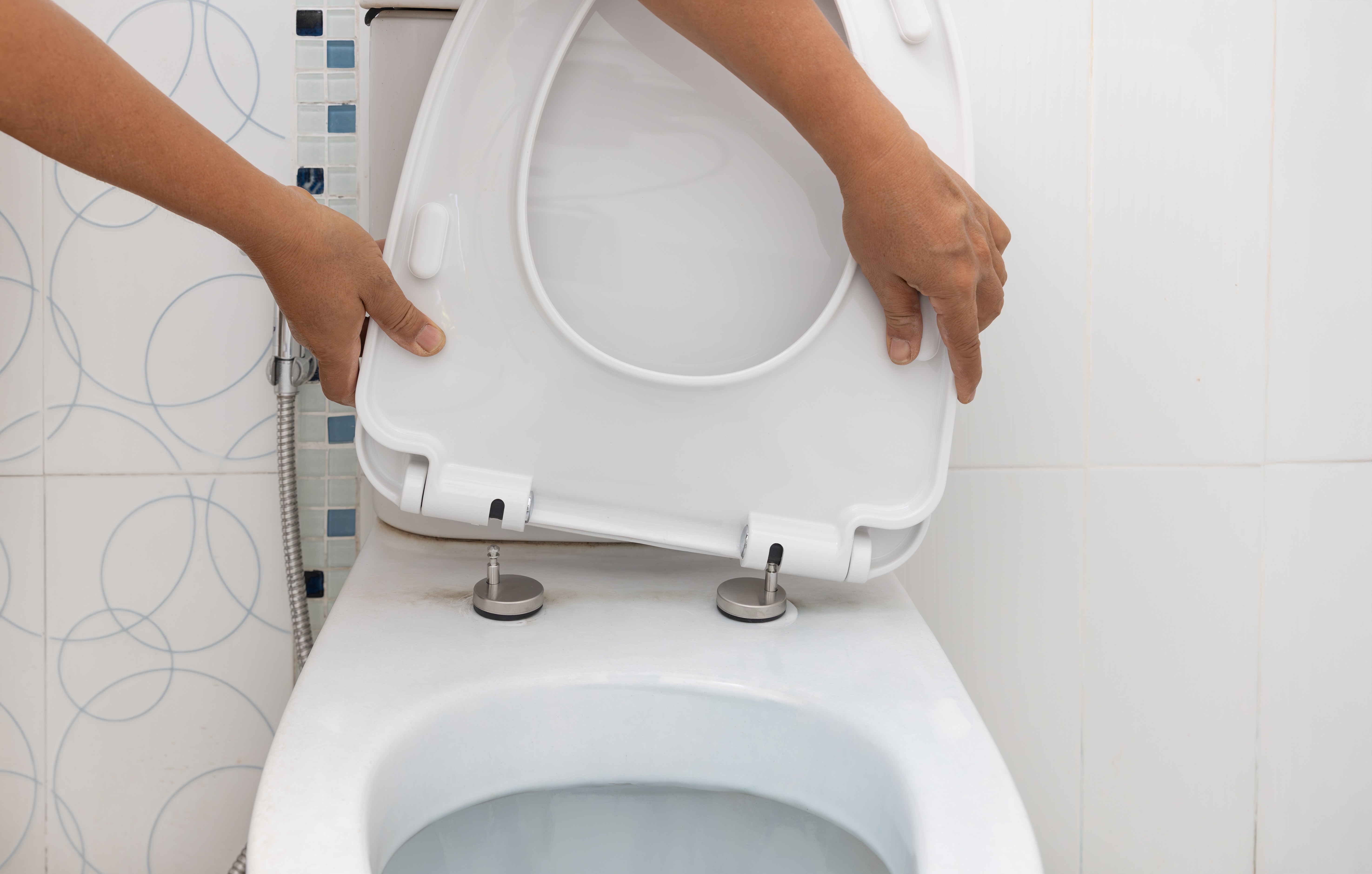8 Common Toilet Problems and How to Fix Them
Learn how to fix 8 common toilet problems—like running toilets, clogs, and leaks—using simple tools and tips.

Toilets are among the most used fixtures in any home, so even minor issues can lead to higher water bills or water damage if ignored. The good news is that many common toilet problems can be handled swiftly with basic tools and a bit of guidance. Below, we’ll review eight frequent toilet concerns, such as running toilets and clogs. We’ll also cover easy steps to get them working again.
Running Toilet
Problem:
A running toilet wastes a lot of water, even if it may not initially seem so. You might hear the water running nonstop or notice your water bill increasing. Common reasons include a worn-out flapper or the water level being set too high.
A warped flapper can waste up to 200 gallons of water daily, according to Pinellas County. Fixing it instantly saves water and lowers your bill.
Repair Instructions:
Start by checking the flapper inside the tank. If it looks worn or warped, it’s time to replace it. Next, take a look at the fill valve. Flush the toilet and see if the float is working as it should. Adjust the float so the water level stays about half an inch to one inch below the overflow tube. If adjusting doesn’t work, you might need to replace the fill valve.
How do I know if my fill valve is bad? If your toilet keeps running or hissing after flushing, the fill valve might be worn out. You can also check by lifting the float. If the water keeps running, it’s probably time to replace the fill valve.
Clogged Toilet

Problem:
Most clogs result from flushing too much toilet paper, wipes, or other non-flushable items. You’ll notice the water rising above normal or draining very slowly after flushing.
Repair instructions:
Start with a flange plunger. It has a rubber extension to create a better seal. Place the plunger over the drain hole and use firm, even plunges. If the clog doesn’t clear, try pouring hot (not boiling) water with a bit of dish soap into the bowl to break up the blockage. You can also use a baking soda and vinegar mix for lighter clogs.
If the toilet is still clogged, a toilet auger may be helpful. It can reach deeper into the drain and break up tough clogs near the trap.
Recurring clogs in a basement toilet may be related to a faulty toilet pump. This can be a trickier part to replace yourself, so if you’re not very handy, it might be best to call a professional.
Toilet Won’t Flush Properly
Problem:
If your toilet flushes weakly or doesn’t fully empty the bowl, it’s usually because of low toilet water levels or minor tank problems. You may also notice that the handle is loose or doesn’t fit the flapper properly.
Repair Instructions:
First, check the water level in the tank. It should be half an inch to one inch below the top of the overflow tube. If the toilet tank is not filling properly, adjust the float to let in more water. Next, look at the chain connected to the handle and flapper. If it’s too long or too short, adjust or replace it so the flapper opens fully.
Mineral deposits also block the small rim holes under the toilet bowl edge. Use a wire or a straightened coat hanger to gently clear any buildup and improve flushing power.
Leaking Toilet

Problem:
Leaks happen in a few spots, like around the toilet’s base or inside the tank. You may see water on the floor or notice it trickling into the bowl.
Repair Instructions:
If water leaks from the base, the wax ring seal might be worn out. You’ll need to remove the toilet and replace the ring. For leaks between the tank and bowl, check the tank bolts and gaskets. If they’re old or loose, tighten or replace them.
Inside the tank, leaks often come from the flapper or the supply line. Make sure the flapper closes properly and isn’t cracked. Tighten or swap out the supply line if you see water dripping. Fixing small leaks swiftly keeps your bathroom dry and prevents more repairs later.
Wobbly or Rocking Toilet
Problem:
If your toilet seems unsteady or rocks when you sit down, it could damage your floor or break the seal underneath. A loose toilet typically means the bolts aren’t secure or the floor is uneven.
Repair Instructions:
Begin by checking the bolts at the base of the toilet. Tighten them gently and evenly, but don’t over-tighten or you could crack the toilet. If the toilet keeps wobbling, plastic shims can level it, especially if the floor is uneven.
Sometimes the flange under the toilet is broken or damaged. In that case, you’ll need to remove the toilet and repair or replace the flange before reinstalling everything.
Water Level Problems
Problem:
If the water level in your toilet is too high or too low, it can cause weak flushing or leave the bowl looking empty after each flush.
Repair Instructions:
First, open the tank and adjust the float. Raising it will add more water, and lowering it will reduce the water level. The water in the bowl should settle about one-third to halfway full.
If adjusting the float doesn’t work, the fill valve may be worn out and need replacing. A working fill valve keeps the tank and bowl at the correct levels.
If there is no water in the toilet bowl, it could be something as simple as a disconnected or damaged fill tube. This is an easy DIY fix. If the fill tube and fill valve are working properly and in good order, you may have a cracked bowl or a blocked vent line.
<div class="rt-cta"><a class="cta-link-button inline-link" href="https://www.fleetfarm.com/category/home-improvement/plumbing/plumbing-parts-repair/hoses-supply-lines/_/N-1116484199">Shop toilet hoses at Fleet Farm</a></div>
Handle Problems

Problem:
A loose or broken handle makes it hard to flush or causes the toilet to keep running after you flush.
Repair Instructions:
Lift the tank lid and check the mounting nut that holds the handle in place. This nut generally has reverse threads, so you’ll tighten it by turning it to the left. If it’s too tight, loosen it a bit.
Mineral buildup around the handle also causes sticking, so wipe it clean if necessary. If the handle is cracked or broken, it’s easy to replace with a few simple tools.
Helpful Tip: Replacing a toilet handle is a quick project that makes your toilet work like new.
Loose Toilet Seat

Problem:
A wobbly toilet is uncomfortable and typically means the seat bolts have loosened over time.
Repair Instructions:
Pop open the hinge caps at the back of the toilet seat to get to the bolts. Use a screwdriver to tighten them until the seat is secure. If the bolts won’t stay tight, adding washers can keep them in place.
Preventative Maintenance Tips
A few easy maintenance steps keep your toilet in good shape. Start by checking the flapper once a year. If it looks worn, change it before it causes a running toilet. Only flush toilet paper and waste to avoid clogs and plumbing problems.
It’s a good idea to keep basic appliances like a plunger and wrench nearby, along with spare parts like a flapper or fill valve. This way, you can handle minor fixes quickly. For bigger problems, like issues with the drain line, don’t hesitate to call a plumber to avoid more damage.
<div class="rt-cta"><a class="cta-link-button inline-link" href="https://www.fleetfarm.com/category/home-improvement/plumbing/plumbing-parts-repair/toilet-repair/_/N-3561284957">Find everything you need to fix your toilet at Fleet Farm!</a></div>












